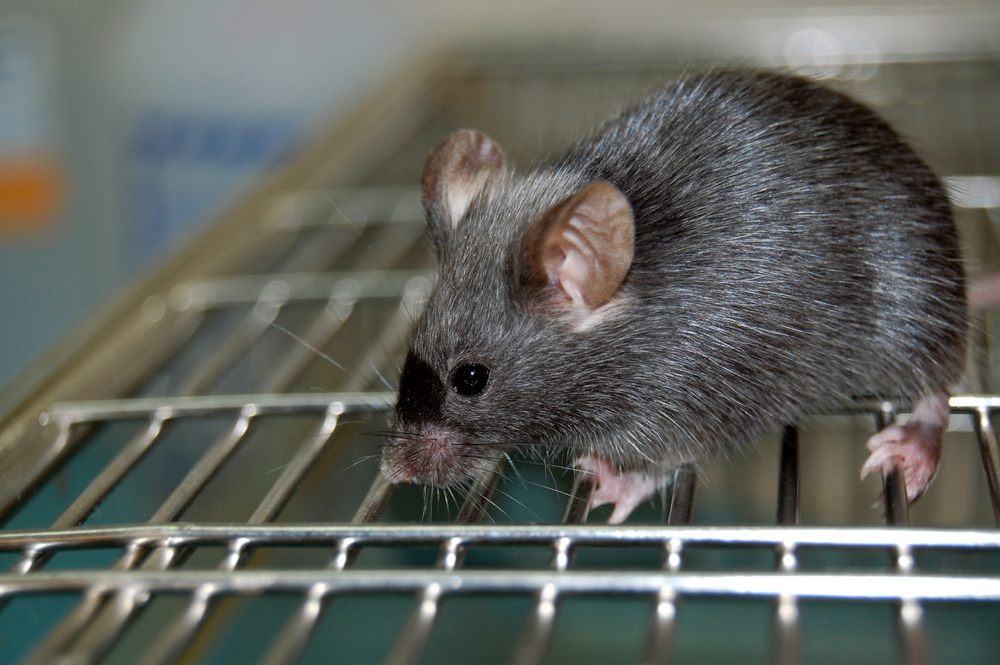PARP-1 Blocker Lessens Symptoms of Lung Fibrosis in Mouse Study of IPF
Written by |

Inhibiting PARP-1 protein expression eased several symptoms of lung fibrosis in a mice model of the disease. These results suggest that PARP-1 inhibitors may carry therapeutic potential for patients with idiopathic pulmonary fibrosis (IPF).
The study, “HYDAMTIQ, a selective PARP-1 inhibitor, improves bleomycin-induced lung fibrosis by dampening the TGF-β/SMAD signalling pathway,” was published in the Journal of Cellular and Molecular Medicine.
While therapies for IPF are available — including Esbriet (pirfenidone) and Ofev (nintedanib), both of which block key factors involved in disease onset and progression — improved treatments remain a goal, and scientists continue to investigate factors involved in IPF.
PARP-1 is a protein active in several cell processes, such as DNA repair, controlling gene expression, and cell survival or death. In the liver and heart, PARP-1 has been shown to influence collagen deposition and fibrosis development.
A team of researchers investigated the role of PARP-1 in lung fibrosis. To this end, it tested a potent PARP-1 inhibitor, called HYDAMTIQ, and investigated its effects in a mouse model of lung fibrosis, the well-established bleomycin-induced lung fibrosis mice.
Mice were injected with bleomycin directly into the trachea (to induce fibrosis), and were then treated with different doses of HYDAMTIQ for 21 days. As controls, researchers treated mice with a neutral solution with no effects.
After the 21 days, researchers measured several parameters, including airway resistance to inflation and lung static compliance (measuring the lung’s ability to stretch and expand, called compliance, when the lungs are stationary), and markers of lung stiffness. Additionally, they assessed the expression of the TGF-β/SMAD signaling pathway and several markers of inflammation (tumor necrosis factor-α, interleukin-1β, iNOS and COX-2).
They found that inducing lung fibrosis with bleomycin resulted in increased lung stiffness. It also led to higher PARP activity in the lungs, increased TGF-β levels, pSMAD3 expression, and upregulated expression of several inflammatory markers. But after the mice were treated with the potent PARP-1 inhibitor, HYDAMTIQ, all these outcomes significantly eased.
Results showed that inhibiting PARP signaling reduced both functional and structural features of lung fibrosis in mice, the researchers concluded, suggesting that the work supports the therapeutic potential of drugs that inhibit PARP to treat pulmonary fibrosis.





